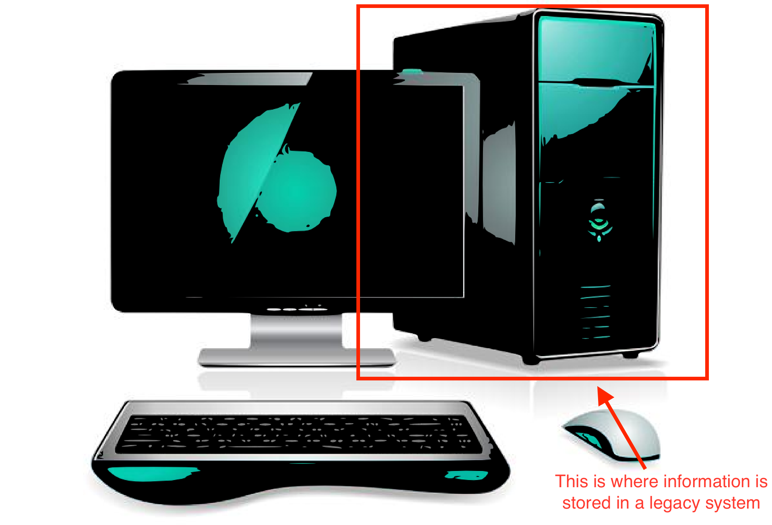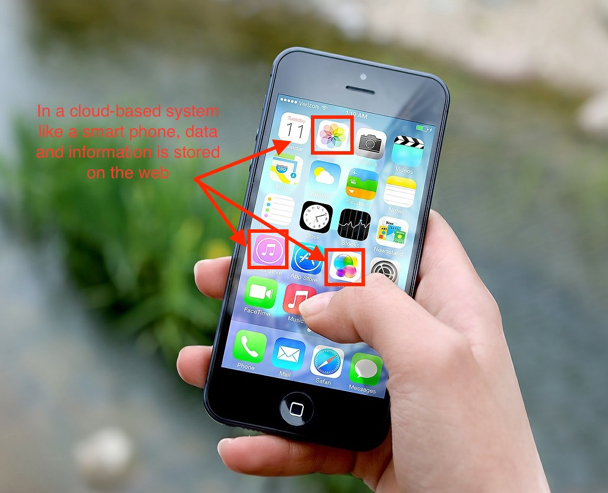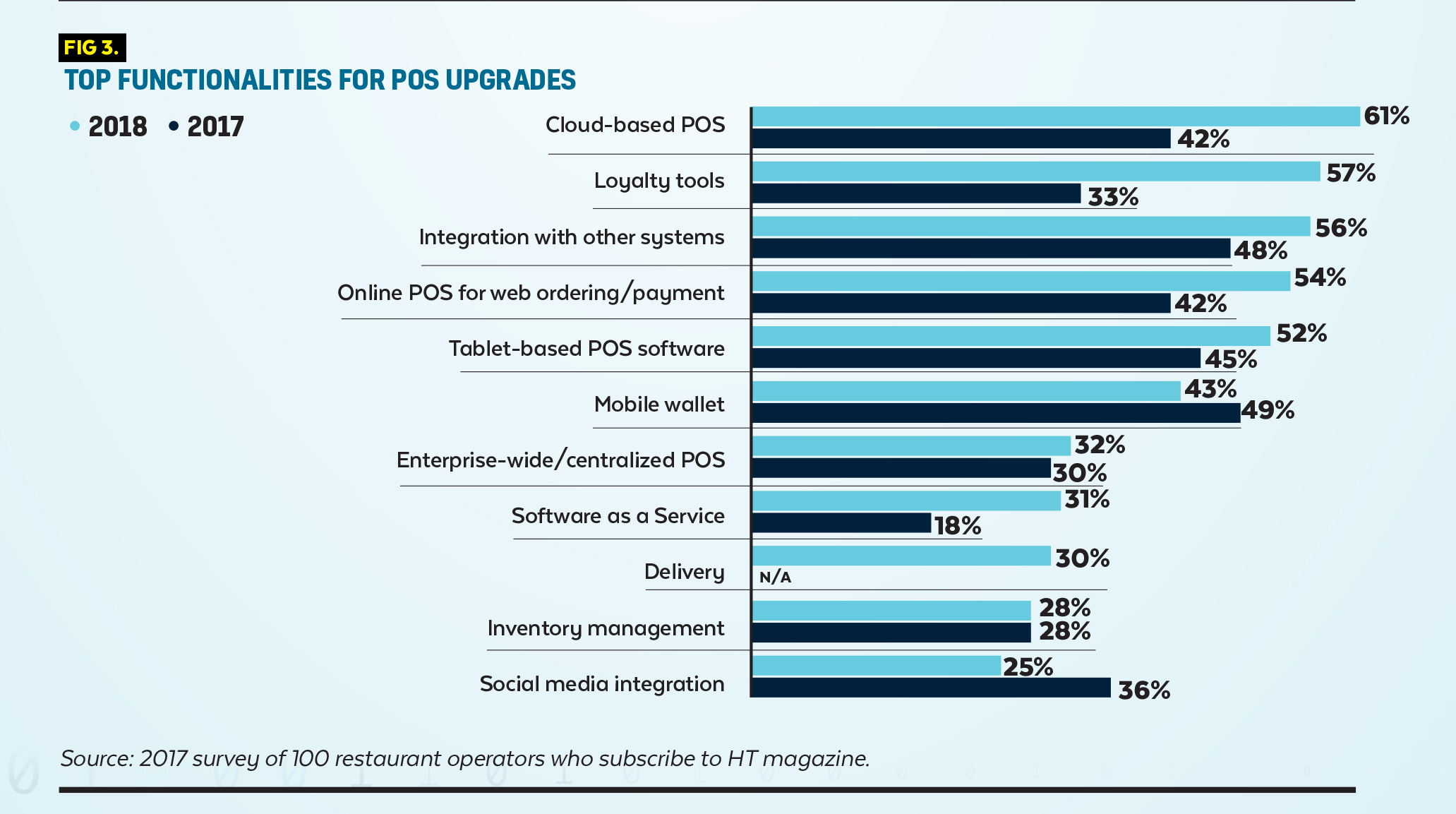Is A Cloud-Based Restaurant POS Right For You?
Sevenrooms
5 min read
Jun 26, 2018

Sevenrooms
5 min read
Jun 26, 2018

Point of sale systems (also known as “POS” systems) are the central nervous system of your restaurant, carrying important information from the brain – your restaurant management – to the heart – your restaurant staff – and stomach – your hungry guests. As such, the POS system you’re investing in for your restaurant carries some weight. There are two major categories of POS on the market right now: traditional, server-based systems (sometimes referred to as “legacy”) and cloud-based systems. “What’s the difference?” you ask. Allow me to indulge…
 A cloud based POS system – also known as a web-based system or a SaaS (software as a service) system – is a web-hosted solution, where data is stored virtually on the cloud, rather than in physical servers on-site. An example of a cloud-based platform is a smartphone: while a smartphone has a small amount of in-phone storage, the vast majority of the information and data it has is stored in the web-hosted cloud and other web-hosted, cloud based, applications. As such, a smartphone user is able to access said information and data anytime and anywhere they have internet. Since the web doesn’t have limited storage, cloud-based technology like smartphones and cloud-based POS systems can continue to build features and innovate without running up against server capacity.
A cloud based POS system – also known as a web-based system or a SaaS (software as a service) system – is a web-hosted solution, where data is stored virtually on the cloud, rather than in physical servers on-site. An example of a cloud-based platform is a smartphone: while a smartphone has a small amount of in-phone storage, the vast majority of the information and data it has is stored in the web-hosted cloud and other web-hosted, cloud based, applications. As such, a smartphone user is able to access said information and data anytime and anywhere they have internet. Since the web doesn’t have limited storage, cloud-based technology like smartphones and cloud-based POS systems can continue to build features and innovate without running up against server capacity.  Cloud-Based POS: What You Need to Know
Cloud-Based POS: What You Need to KnowAccording to a 2018 Hospitality Technology study focused on restaurant owners and operators, when asked about POS upgrade plans, 61% cited switching to a cloud based system as their foremost desire.  Below are four benefits of cloud-based systems compared to legacy POS technology:
Below are four benefits of cloud-based systems compared to legacy POS technology:
A full-featured cloud-based POS system has the potential to support components of a business that would normally be served by four or five vendors. Because of this, in the same study mentioned above, participants cited the ability to integrate with other systems as one of their top three desired POS upgrades for the future. Advanced SaaS systems connect customers to the others they’re using, like reservation management and marketing automation. They allow restaurateurs to use historical customer data to influence loyalty programs, online ordering, and email marketing.
Because SaaS POS systems store data in the cloud, restaurant operators can access the data and make changes from anywhere with internet access. Unlike legacy systems, the manager doesn’t have to be on site to edit the menu, check employee clock-ins, or the status of food supplies. This immediate online data storage also means managers can view reporting data in real-time.
Many legacy POS systems require a maintenance fee for software updates because they require additional labor and time. These legacy systems need to be updated manually, so the POS software is only upgraded once per year at best. SaaS POS systems are hosted centrally, so the provider implements updates remotely with little disruption to the end user (that’s you!). That means that bug fixes and new updates happen much more frequently.
Web-based POS systems tend to be significantly less expensive and require fewer upfront costs than their legacy counterparts. Since the installation process tends to be less complex, maintenance can be performed remotely. Back office servers can run as high as $50,000, there are more affordable hardware options available for cloud-based POS systems. Additionally, SaaS POS systems are subscription-based “pay as you go” with no long-term contracts.
Mobile technology has revolutionized worldwide commerce, and the foodservice industry is no exception. Mobile POS systems open up possibilities for restaurants and nightclubs to modernize their service. Cloud-based POS systems can support mobile devices, like a tablet or a small hand-held device like Toast Go™, that send orders straight to the kitchen or the bar while also storing customer information in the cloud. With the agility mobile tableside ordering offers, some restaurants have seen turn time on tables improve by 15% because servers spend more time with guests and less time sending and modifying orders to the kitchen. So, there you have it! Hopefully you have a better idea now about how legacy POS and cloud-based POS systems are different from one another — whether you’re considering a different system or you want to know how the system you’re currently using stands apart. See the reservation software that connects to POS systems — Schedule your demo of SevenRooms today.